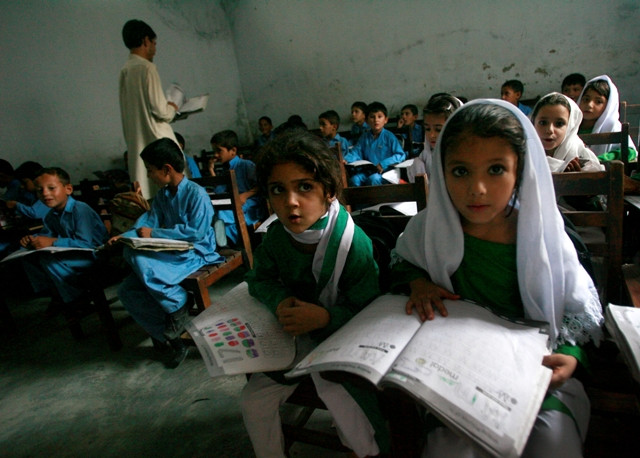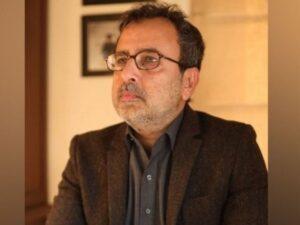Islamabad:
An increase of 20% was recorded in registrations in the non -formal education sector of Pakistan, according to the national statistical report of non -formal education (NFE).
The document was published by Pakistan Institute of Education (PIE).
Non -formal education has been described as a “second chance model” which is profitable, flexible and community. The monthly cost per child varies between RS 1,000 to Rs1,500, considerably lower than the expenses of formal education systems.
The annual report presented a detailed snapshot of the country’s non -formal learning landscape, highlighting the realizations and persistent gaps. The number of non -formal education centers across the country reached 35,427, serving more than 1.29 million learners, reflecting a 20% increase in registrations compared to the previous year.
The report notes that in 2023-24, inscriptions in non-formal education centers increased by 20%, 57% of learners being girls, marking a promising step towards gender parity. Teachers represent 82% of the workforce, demonstrating strong female participation in the non-formal education system.
In total, 3,382 literacy centers for adults are currently operational, serving 80,093 learners, indicating an increasing accent on the literacy of young people and adults. In addition, 10,181 refugee children, mainly in Afghanistan, are enrolled in NFE programs. Innovative models such as the ALP (intermediary) have been introduced, integrating academic and professional skills to improve retention and results.
Despite progress, the report highlights substantial regional disparities, in particular in registration rates in distant areas and badly served. According to Pakistan Economic Survey, female literacy remains considerably lower than male literacy, in particular in rural baloutchistan, where only 31% of women are literate. The last United Nations report ranks Pakistan 164th in 193 countries on the Human Development Index (HDI), and 144th out of 173 on the Human Capital Index (HCI), education being a key factor.
Among the key recommendations of the report are the expansion of ALP programs, in particular the intermediate technology model, which has a 70%completion rate.




